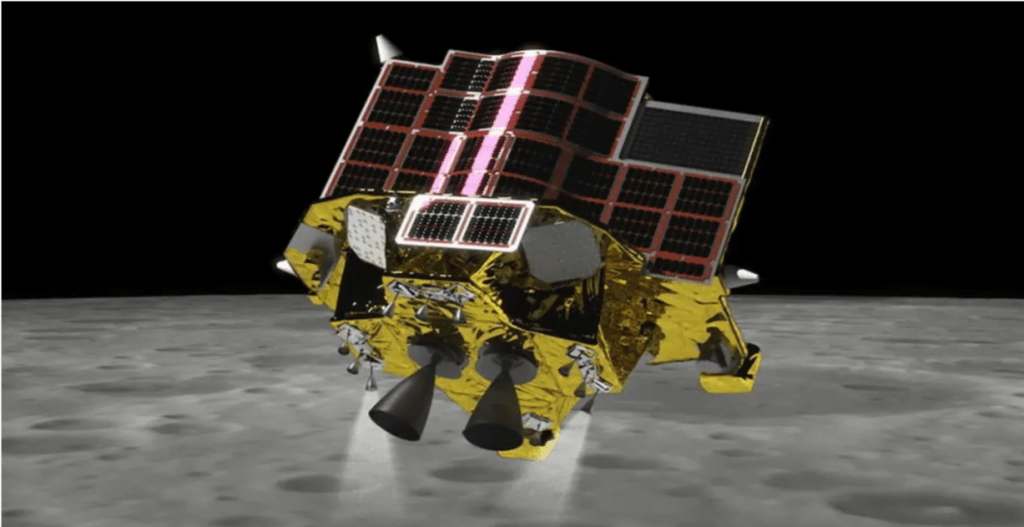Japan’s SLIM spacecraft lands on the moon, but its mission faces setback
Our Recent News Trends

Japan’s Smart Lander for Investigating Moon (SLIM) has successfully landed on the lunar surface. Although the spacecraft is facing some operational issues, this achievement is significant considering the recent failures in lunar landings by other countries and commercial space companies. Japan has become the fifth nation to accomplish a moon landing, following the US, the Soviet Union, China, and India.
Under the guidance of the Japan Aerospace Exploration Agency (JAXA), SLIM was launched in September 2023. It took a unique path, orbiting Earth multiple times to conserve fuel before finally reaching the moon. Since December, it has been circling the moon, capturing images and preparing for the landing.
This historic touchdown on 19 January introduced a groundbreaking technology called “smart eyes.” Using this innovation, SLIM precisely targeted its landing point. By comparing images captured by its own cameras with data from other lunar orbiters, the spacecraft autonomously navigated and successfully landed on the slope of Shioli crater. JAXA officials are currently analyzing the effectiveness of this targeting system.
Initial reports indicate that SLIM’s solar panels are not functioning properly. Therefore, the spacecraft is operating on battery power temporarily. The inability to identify and resolve the solar cell issue could significantly impact SLIM’s scientific capabilities and diminish its lifespan. The battery power is projected to last only a few hours, according to JAXA officials. While there is a possibility of restoring solar power, JAXA’s current priority is to transmit as much data as possible to Earth before the battery depletes.
SLIM, as it descended towards the lunar surface, also deployed two small rovers, each equipped with their own set of scientific instruments. One of these rovers is designed to hop around instead of utilizing wheels, while the other is a sphere slightly smaller than a tennis ball, specifically designed by a toy manufacturer to roll across the lunar terrain. Both rovers appear to be operating effectively.
The chosen landing site for the spacecraft holds potential significance. Previous observations have suggested the presence of materials that were ejected from the moon’s interior during the impact that resulted in the formation of the crater. By utilizing its scientific instruments, SLIM can analyze these minerals and gain insights into the moon’s formation and evolution. The success of its landing and the scientific data it manages to gather will prove valuable for the numerous planned missions to the moon from various countries around the world in the upcoming years.


